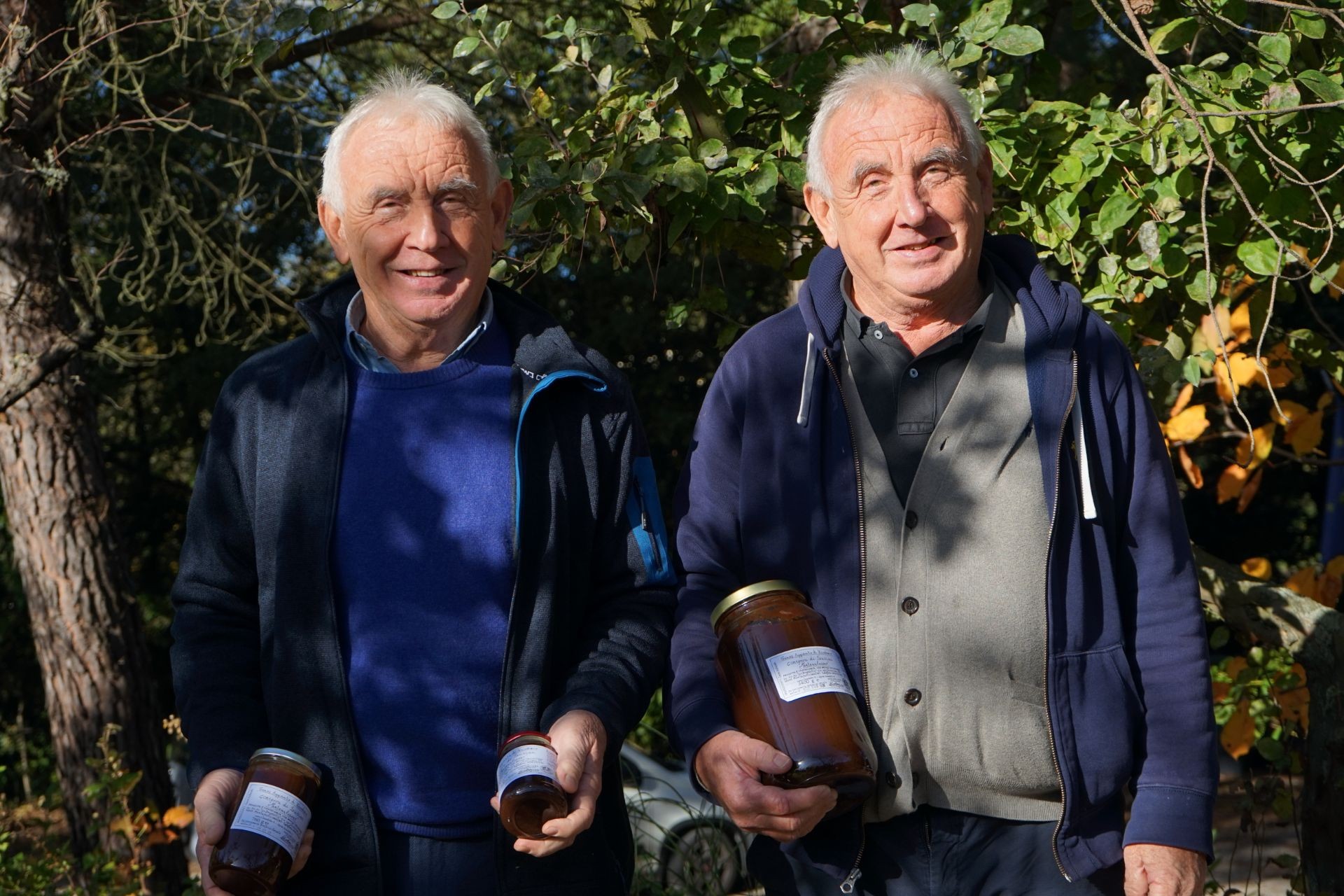Women of Spirit and Action: The Saints of the Valdichiana and Siena as an Example for Today (Part 2)
A Spiritual Journey from the Valdichiana to Siena for the Jubilee 2025
After following in the footsteps of the Saints of Chiusi and Montepulciano, retracing their stories between the origins of Christianity and the Middle Ages (read part 1), the second part of this itinerary leads to the discovery of three more Saints who left an indelible mark on the territories of Cortona, Trequanda, and Siena.
In these lands steeped in history and mysticism, the journey continues in search of the ancient traces left by these extraordinary figures, whose example and determination deeply shaped the local culture. Saint Margaret, Blessed Bonizzella, and Saint Catherine will be the guides of this second path, which unfolds between the Valdichiana, the Val d’Orcia, and Siena, revealing stories of faith, courage, and transformation.
Cortona and Saint Margaret (Laviano, 1247 – Cortona, February 22, 1297)
The third stop of the itinerary is inspired by the figure of Saint Margaret, an extraordinary woman who combined a life of deep spirituality with a concrete commitment to peace and the public good, earning the trust and admiration of the people of Cortona.
Before achieving this fame, however, her life was marked by moments of disdain from her community due to an extramarital relationship with Raniero dei del Pecora, a nobleman from Valiano di Montepulciano, with whom she had a son.
Her life radically changed in 1273, when Raniero was murdered and his family’s hatred fell upon Margaret and her son, forcing them away. At that moment, thanks to the help of the Franciscans of Cortona, she began a profound conversion, first dedicating herself to helping the needy, then to penance, prayer, and meditation in her cell by the small church of San Basilio.
Despite her mystical life, Margaret never isolated herself from the world. Over the years, people sought her advice to resolve conflicts—such as those between Guelphs and Ghibellines—and to promote peace between Cortona and Arezzo. Her spiritual strength and social commitment inspired generations, leading the Church to proclaim her a Saint in 1728.
Not to be missed
- Basilica of Saint Margaret: a church built after the Saint’s death in 1297 to celebrate her importance in the city’s history. The site was chosen near the small church of San Basilio, which Margaret had restored and used as her place of prayer. The Basilica is richly decorated with frescoes, though of the original works by the Lorenzetti brothers, only fragments remain today, preserved in the Diocesan Museum.
Blessed Bonizzella in Trequanda (1230 – c. 1300)
Bonizzella Cacciaconti was born around 1230 into a noble Sienese family settled in Trequanda, in the Valdichiana Senese, at the still-standing Cacciaconti Castle. Her life was marked by deep devotion and tireless service to the most vulnerable, earning her a reputation for holiness far beyond her homeland. In her later years, she chose to live in prayer and contemplation in the countryside, where she likely died around 1300.
After her death, however, her memory faded for centuries until May 1500, when an extraordinary event brought her figure back to light. Swarms of bees began entering and exiting persistently from a crack in the wall of the Church of Saints Peter and Andrew in Trequanda’s historic center. When the stones were removed, a hidden niche was revealed, containing Bonizzella’s body, incredibly intact, with a chalice made of beeswax in her hands—an event considered miraculous.
This prodigy strengthened her reputation for sanctity, giving rise to a cult that still lives on today, celebrated each May with traditional festivities in her honor.
Not to be missed
- Church of Saints Peter and Andrew: located in Trequanda’s central Piazza Garibaldi, the church is distinguished by its checkerboard façade of sandstone and travertine, making it one of the village’s iconic landmarks. Beyond its artistic value, the church is a place of deep devotion, as Bonizzella’s body—miraculously discovered here in the 16th century—is still preserved inside.
The territory of Trequanda is also renowned for its fine extra virgin olive oil. If you are curious to take part in a tasting, don’t miss this offer on the Valdichiana Living website.
Siena, Val d’Orcia, and Saint Catherine (Siena, March 25, 1347 – Rome, April 29, 1380)
The journey ends in Siena, a city deeply tied to Saint Catherine, where one can retrace the historical traces of her extraordinary life, marked by intense public and political activity. Her voice carried great weight not only nationally but also internationally, thanks to her remarkable spiritual authority. For this reason, Catherine focused not only on helping the needy but also on extensive letter writing and diplomatic missions to leading figures of her time. This explains why, over the years, she has been proclaimed Patron Saint of Italy and of Europe.
Beyond Siena, Catherine’s presence is also felt in the Val d’Orcia, as seen in historical and architectural testimonies in villages such as Bagno Vignoni and Castiglion d’Orcia. She appreciated Bagno Vignoni from an early age for the therapeutic value of its hot springs, while Castiglion d’Orcia witnessed one of her miracles: the divine gift of writing, which she received at the Rocca di Tentennano, despite being illiterate.
Not to be missed
- Sanctuary House of Saint Catherine: her birthplace, which now houses the Church of the Holy Crucifix, where Catherine received the stigmata. Access is through the evocative Portico of the Municipalities of Italy, built to commemorate her proclamation as Patron Saint of the nation.
- Loggiato of Saint Catherine in Bagno Vignoni: located by the striking “water square” (Piazza delle Sorgenti), this loggia is the only remaining part of a church built to honor her stays in the area.
- Rocca di Tentennano in Castiglion d’Orcia: the fortress where Catherine received the miraculous gift of writing. Perched on a rocky spur above the village of Rocca d’Orcia, the site is worth visiting not only for its spiritual and historical significance but also for the breathtaking views from the top of the tower.
If you’re curious to learn more about the Valdichiana Senese and its rich cultural and religious offerings, visit our website or contact us at booking@valdichianaliving.it.











